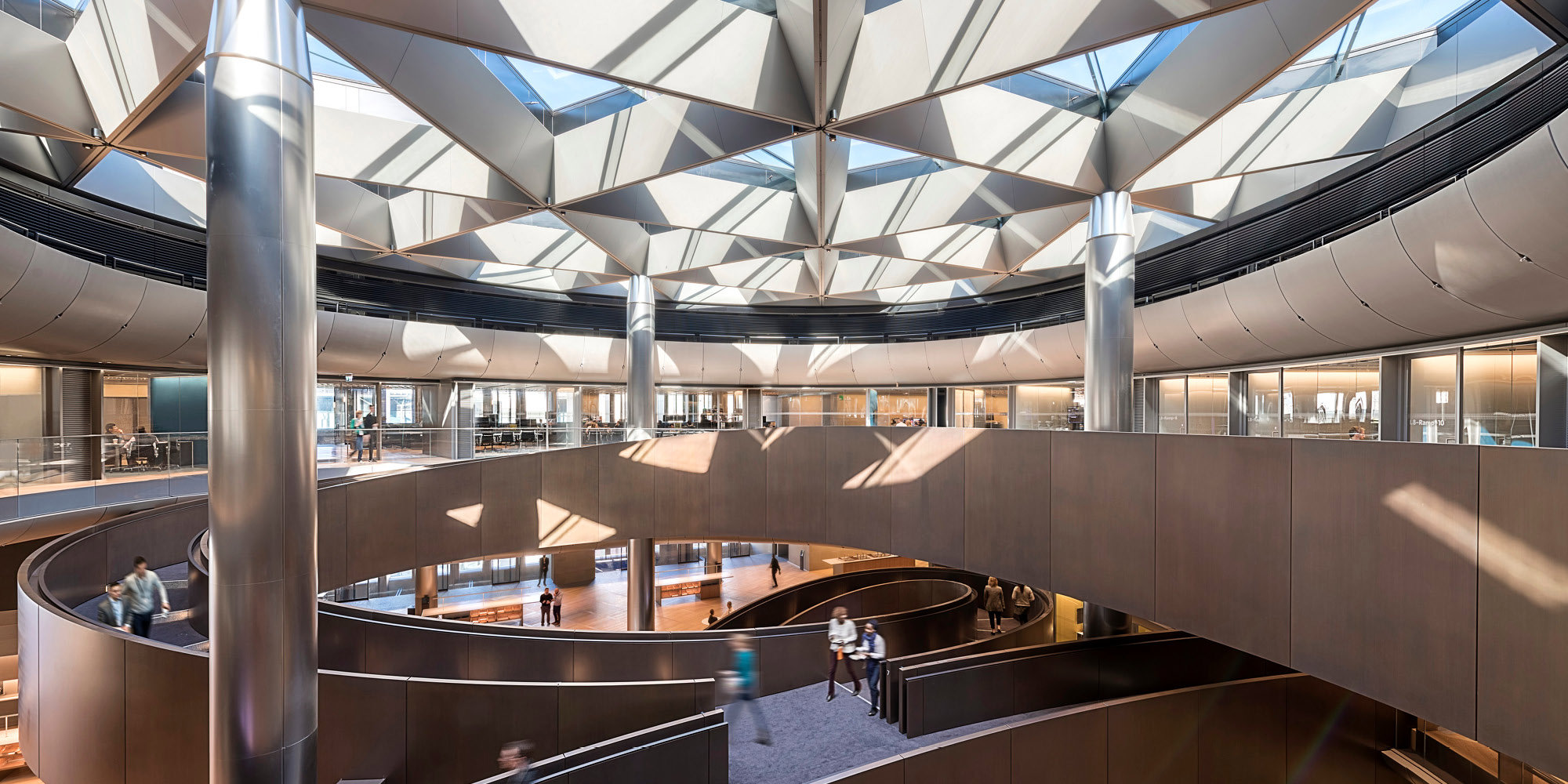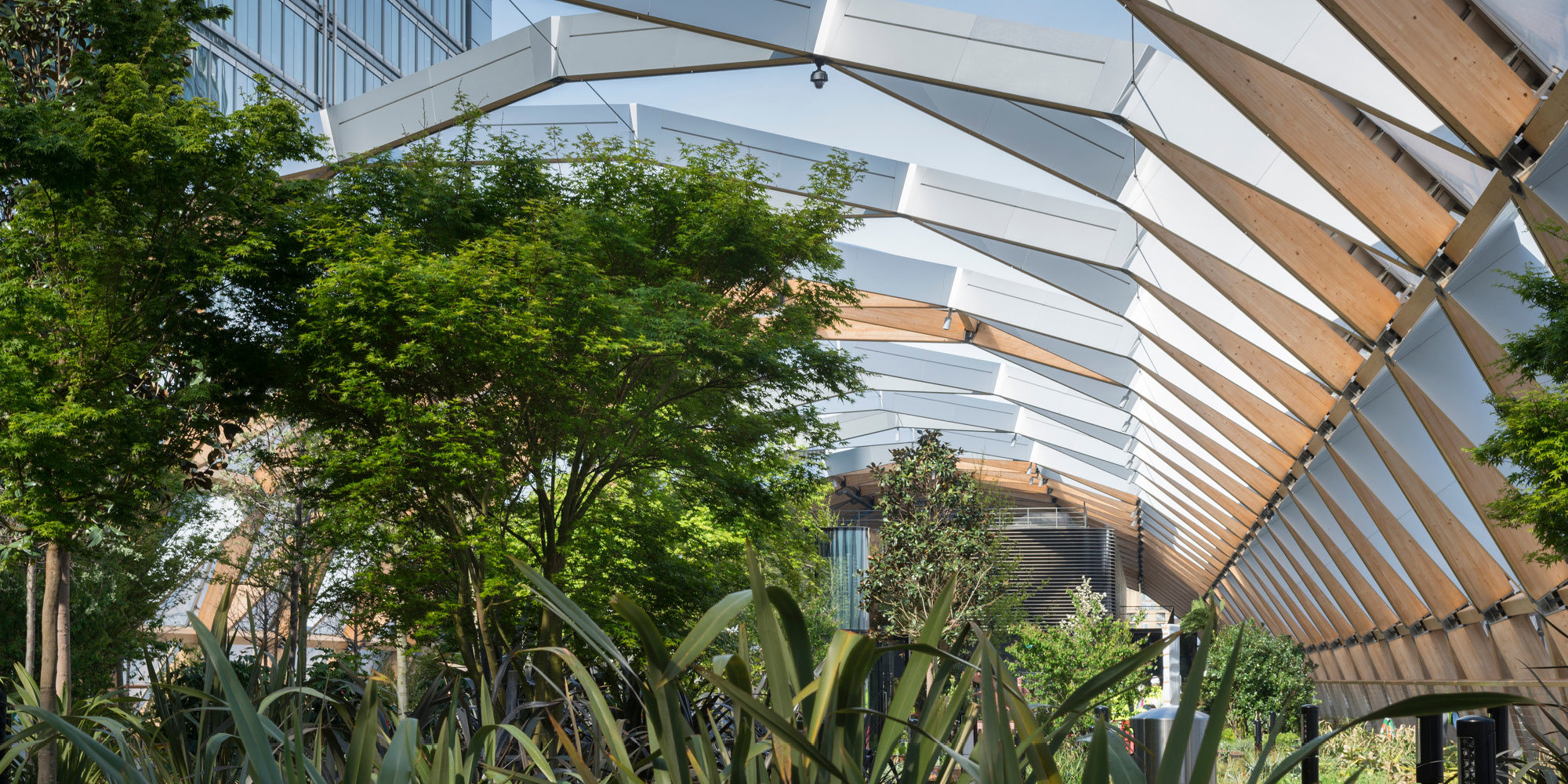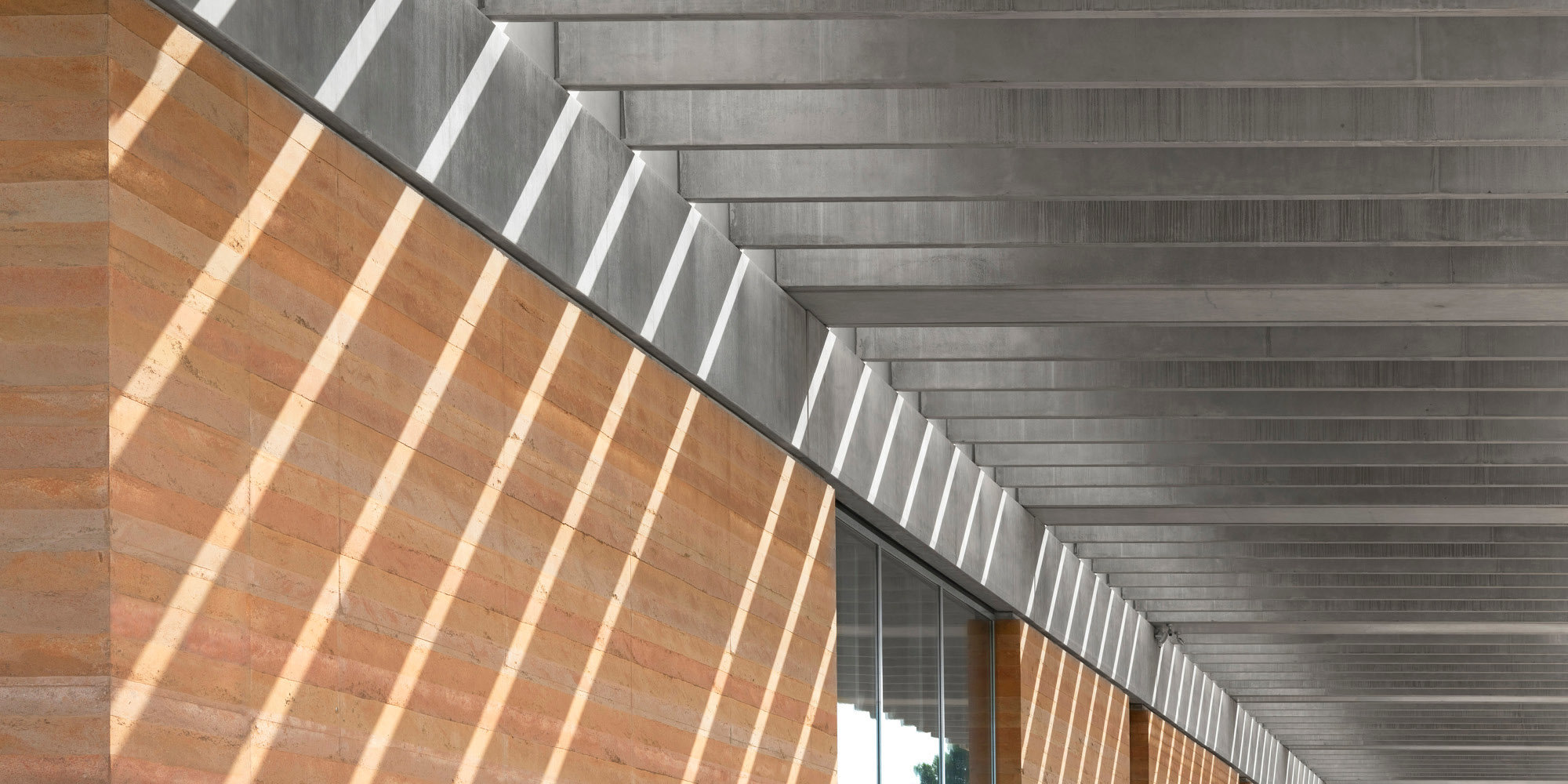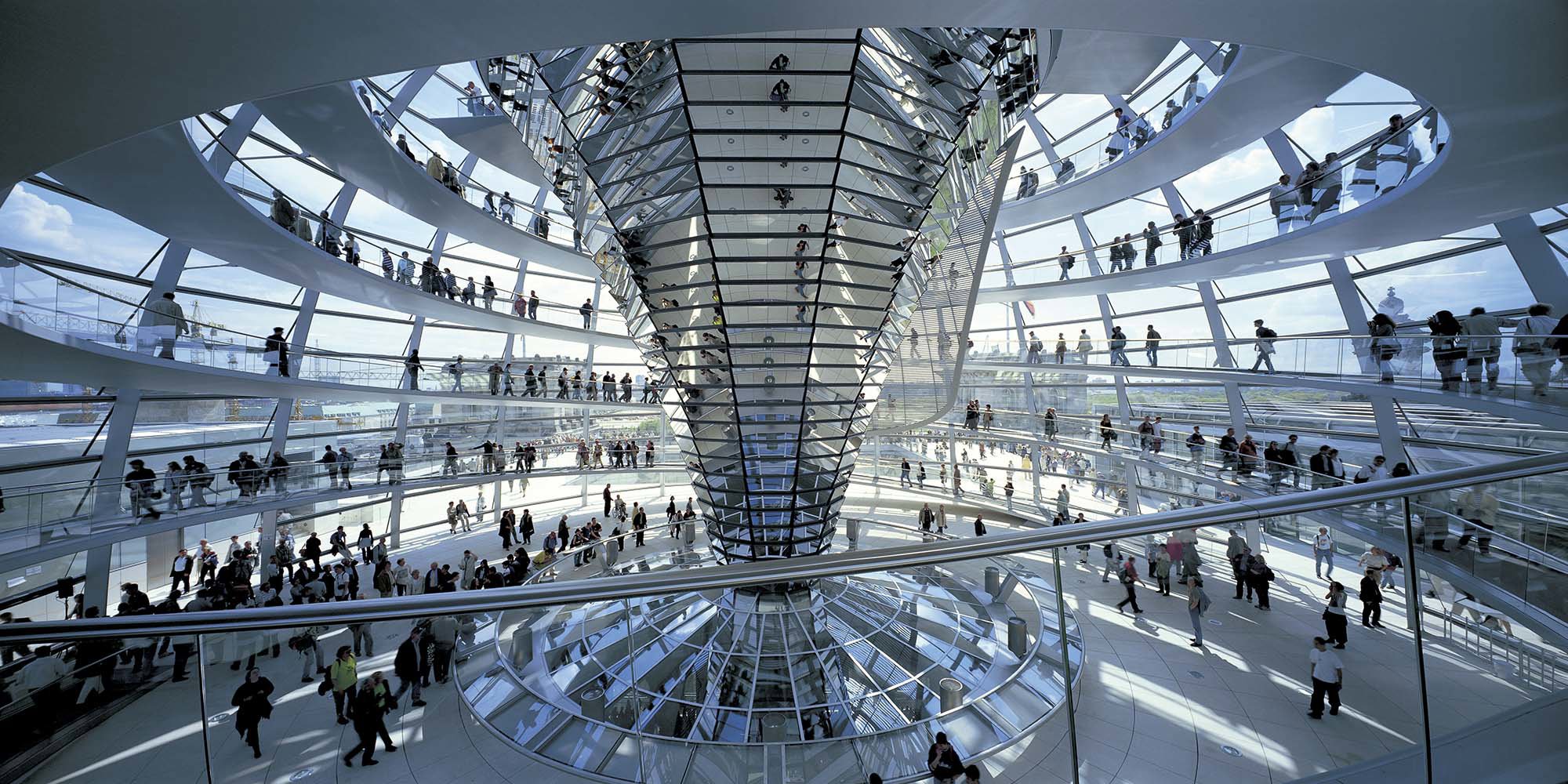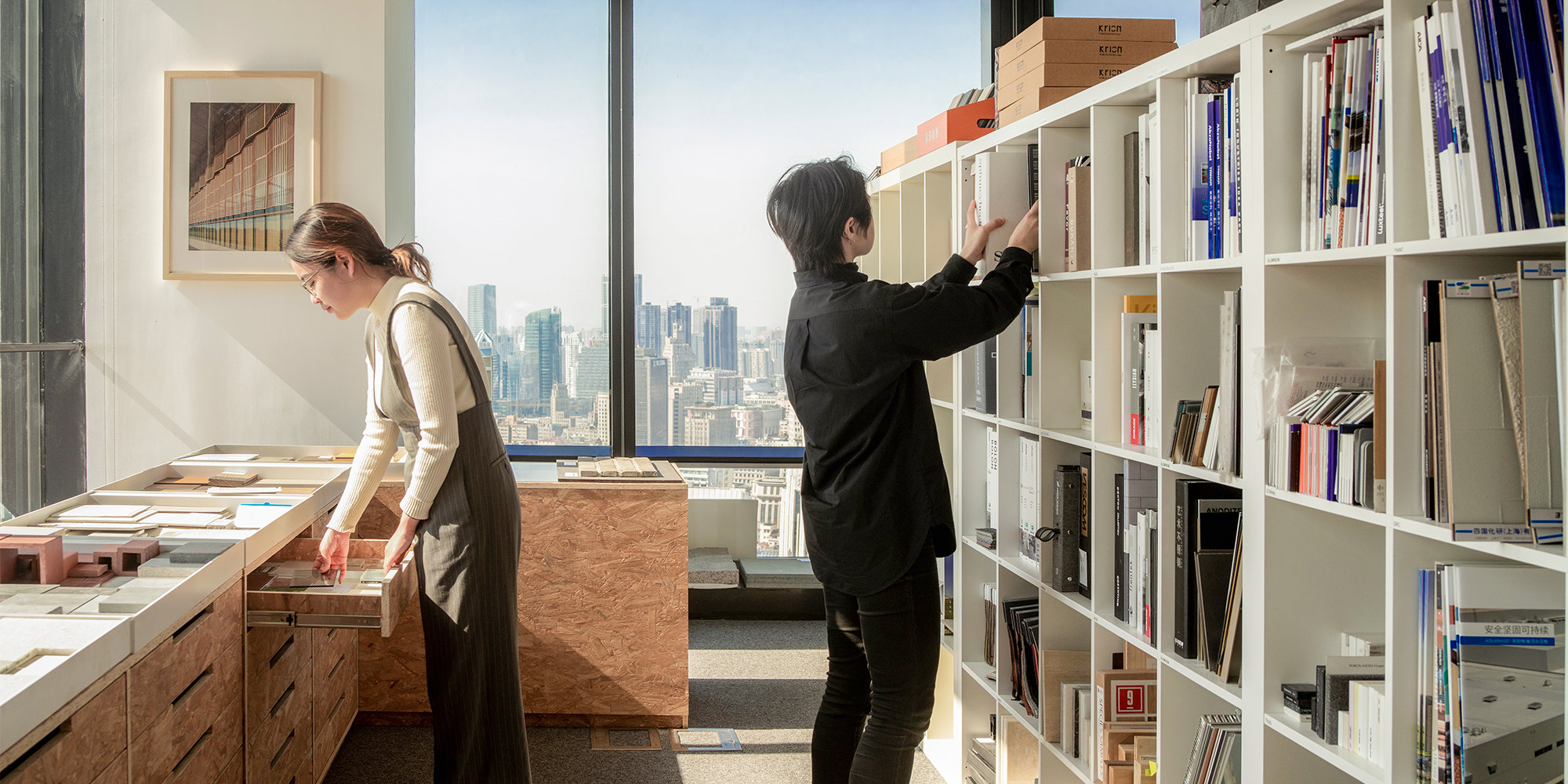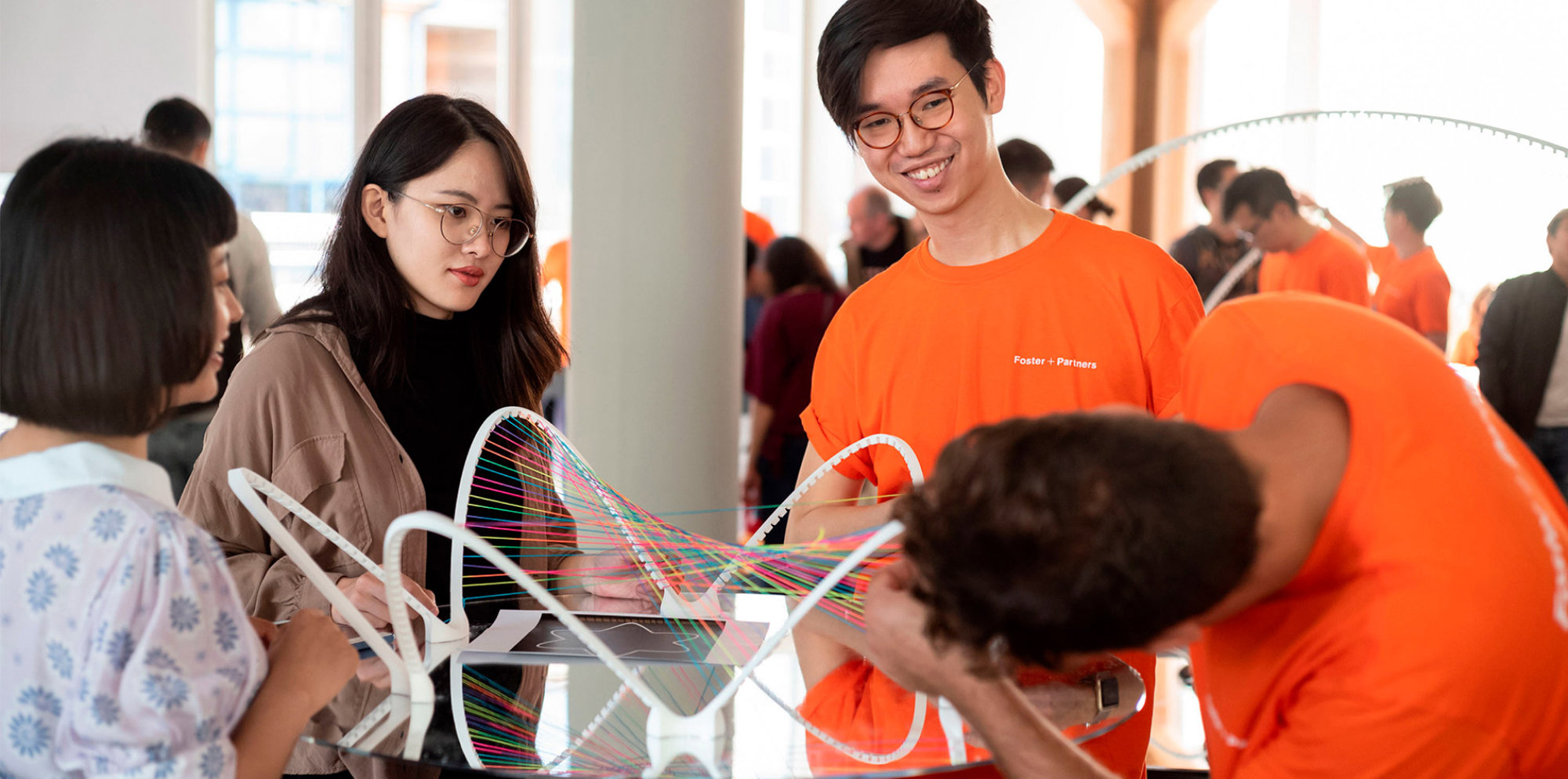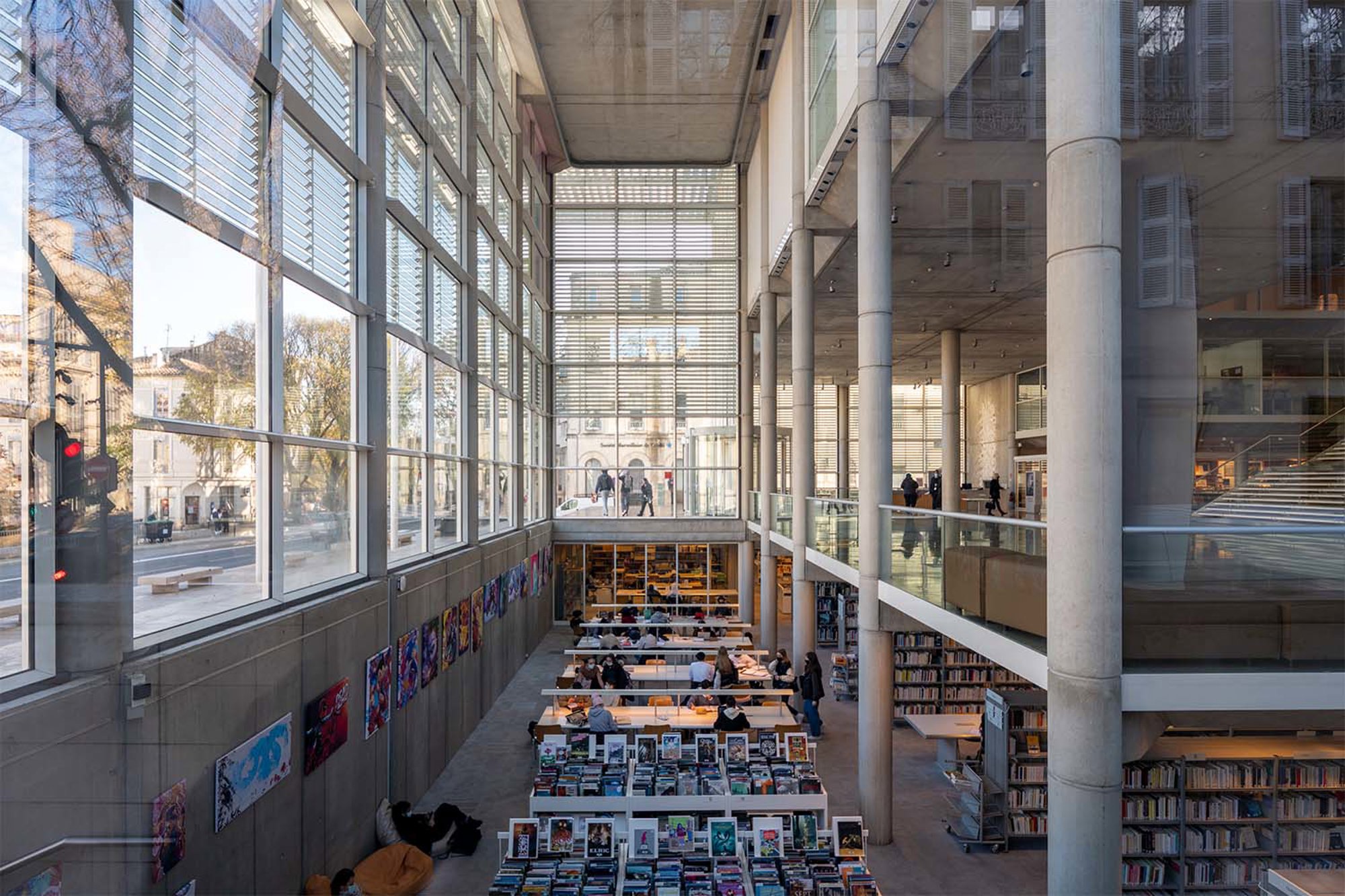The Making of… is an opportunity to reflect on Foster + Partners’ completed projects and the process of making them.
This year, the Carré d’Art in Nîmes celebrates its 30-year anniversary. The building houses both a museum of contemporary art and the city's municipal library, merging the visual arts and the world of information technology. The urban context of Nîmes and the adjacent Maison Carrée, a perfectly preserved Roman temple, were both powerful influences on the design.
François Curato, Partner, Foster + Partners, describes his personal connection with the Carré d’Art - which he often visited as a student in Nîmes - and his experience of working on the building’s refurbishment in 2017. François explains how the Carré d’Art’s inherent flexibility and durability facilitated the refurbishment project. He also highlights the importance of good maintenance and sensitive interventions, which can significantly extend the life of a building and reduce its carbon footprint.
